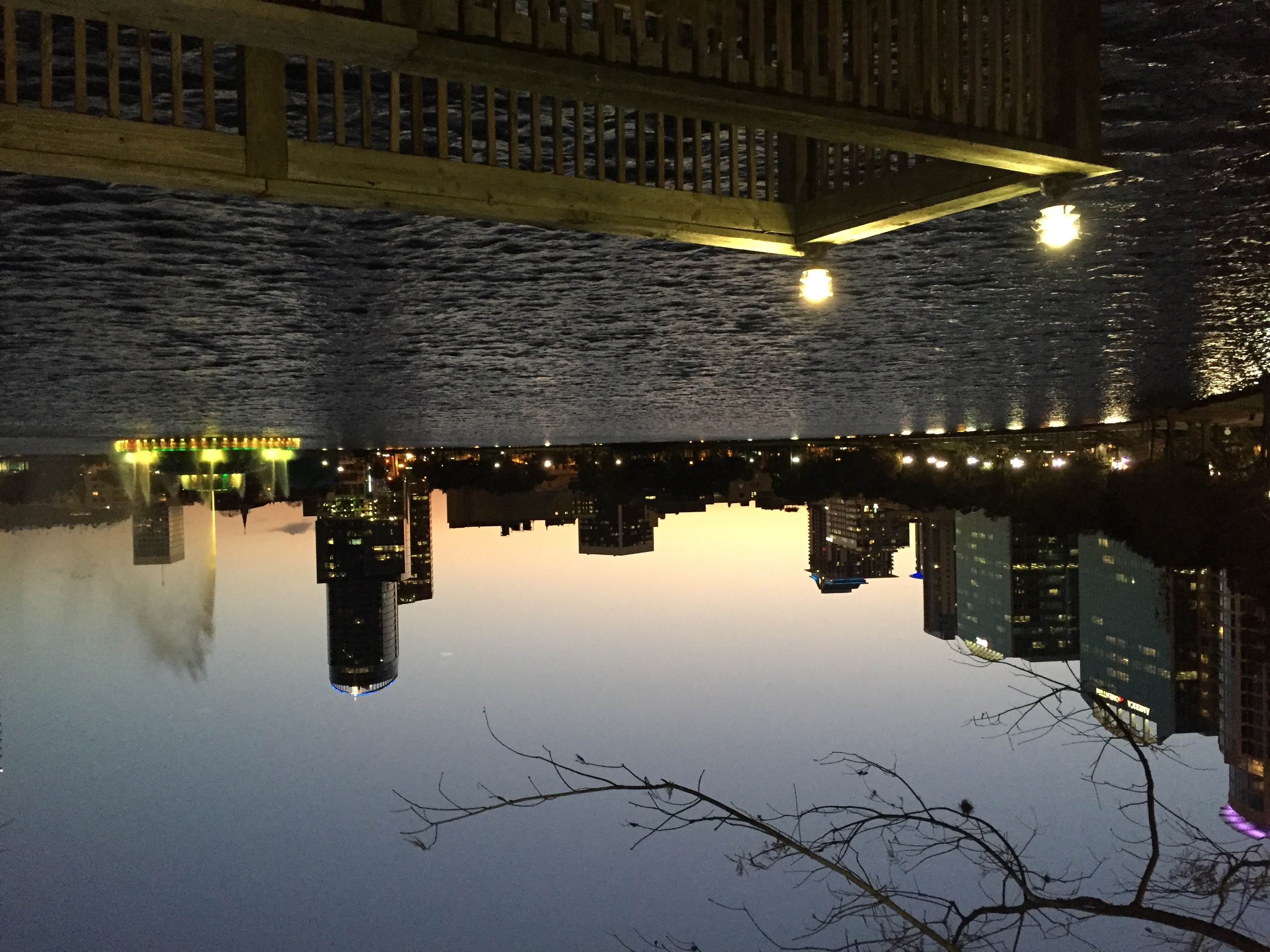
Uploaded on 2017-01-26 by Andrew Petrisin
The most important flow within the city is the citizens who commute daily. This is the point at which the transportation system is strained the most, and unfortunately what we design for. These are the crucial parts during the day which we find "gridlock". Naturally, our first response is to design around the worst case scenario--peak time. But we shouldn't apply peak hour thinking to the entirety of our transportation lives. What if we designed around individual trips. If we had individual performance measures for different trips. So "how might people have access to work"? and "how might people have access to the grocery store? to a school?" This was of thinking opens up possibilities so it is not just how fast can we move from A to B; i.e. should we build capacity or live closer to where we want to go? The most important stock is that of the housing market. With land use and transportation going hand-in-hand, housing is a main consideration with the city. This stock determines the availability of space for additional residents as well as the fares that they can pay. More than just the physical structure, the housing stock determines who is available to live where in the city. Having affordable housing intermixed with more traditional housing encourages a diversity of residents, as well as equitable opportunity for all residents. The third most important stock in the city is great public space. This public space is a place for citizens to congregate and build social resilience. The most resilient neighborhoods are said to be those where the neighbors know each other the best. Public spaces allow people to come together from any background and share a common space.